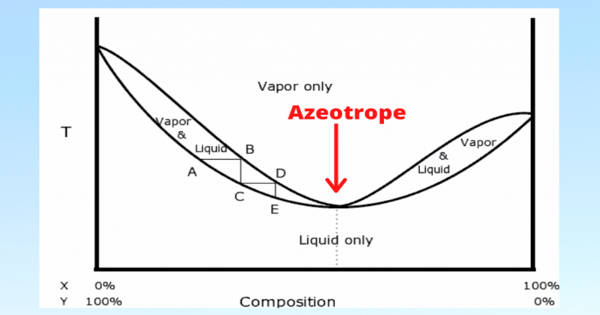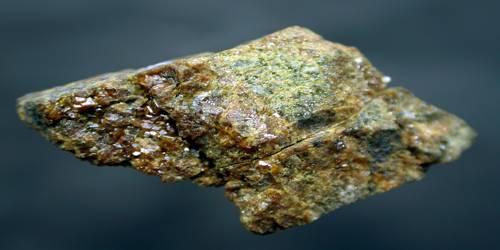Nanocrystalline silicon refers to silicon materials with a crystalline structure at the nanoscale scale, with grain sizes on the order of nanometers (1 nm = 10-9 meters). It is a type of porous silicon that is sometimes referred to as microcrystalline silicon (c-Si). It is an allotropic type of silicon with a paracrystalline structure, comparable to amorphous silicon (a-Si) in that it possesses an amorphous phase.
In comparison, typical silicon has greater grain sizes in the micro or millimeter range. The difference is that nc-Si contains tiny grains of crystalline silicon within the amorphous phase. The nanocrystalline form of silicon has distinct features that make it appealing for a wide range of applications. In contrast, polycrystalline silicon (poly-Si) is made up entirely of crystalline silicon grains separated by grain boundaries.
The only difference is the grain size of the crystalline granules. Because most materials having grains in the micrometre range are fine-grained polysilicon, the name nanocrystalline silicon is more appropriate. The term nanocrystalline silicon refers to a variety of materials found in the silicon thin film in the transition zone from amorphous to microcrystalline phase. The crystalline volume fraction (as measured from Raman spectroscopy) is another criterion to describe the materials in this transition zone.
Key features and aspects of nanocrystalline silicon include:
- Size of Crystalline Grains: The defining characteristic of nanocrystalline materials is the small size of their crystalline grains. In the case of nanocrystalline silicon, the grain sizes are typically in the range of a few nanometers.
- Surface Area: The nanoscale grains contribute to a large surface area per unit volume. This increased surface area can be advantageous in applications like sensors, catalysis, and photovoltaics.
- Optical Properties: Nanocrystalline silicon exhibits unique optical properties due to quantum confinement effects. These effects can be harnessed for applications in optoelectronics, such as light-emitting diodes (LEDs) and photodetectors.
- Electronic Properties: Nanocrystalline silicon’s electronic characteristics may differ from those of bulk silicon. These distinctions have significance for electronic devices and are frequently investigated in the context of nanoelectronics.
ncBecause of the presence of silicon crystallites, -Si has numerous practical advantages over a-Si, one of which is that it can have better electron mobility if developed properly. It also absorbs more in the red and infrared wavelengths, making it a useful material for usage in a-Si solar cells. One of the most significant advantages of nanocrystalline silicon over a-Si is its enhanced stability, which is due in part to its reduced hydrogen concentration.
Applications:
- Photovoltaics: It has been investigated for use in solar cells. The increased surface area and unique optical properties can enhance light absorption, making it potentially useful for improving the efficiency of solar cells.
- Sensors: The large surface area and quantum confinement effects make nanocrystalline silicon suitable for sensing applications, such as gas sensors and biosensors.
- Optoelectronics: Due to its optical properties, it is explored for applications in LEDs, lasers, and other optoelectronic devices.
- Energy Storage: It may find applications in energy storage devices, such as batteries and supercapacitors.
Although it cannot currently achieve the mobility of poly-Si, it has the advantage of being easier to fabricate than poly-Si because it can be deposited using conventional low-temperature a-Si deposition techniques, such as PECVD, as opposed to laser annealing or high-temperature CVD processes in the case of poly-Si.















